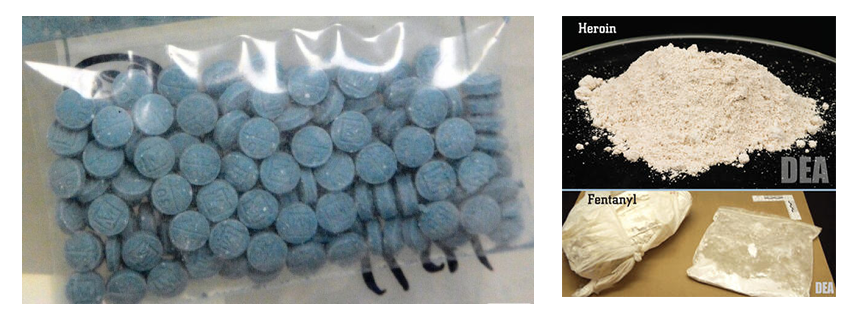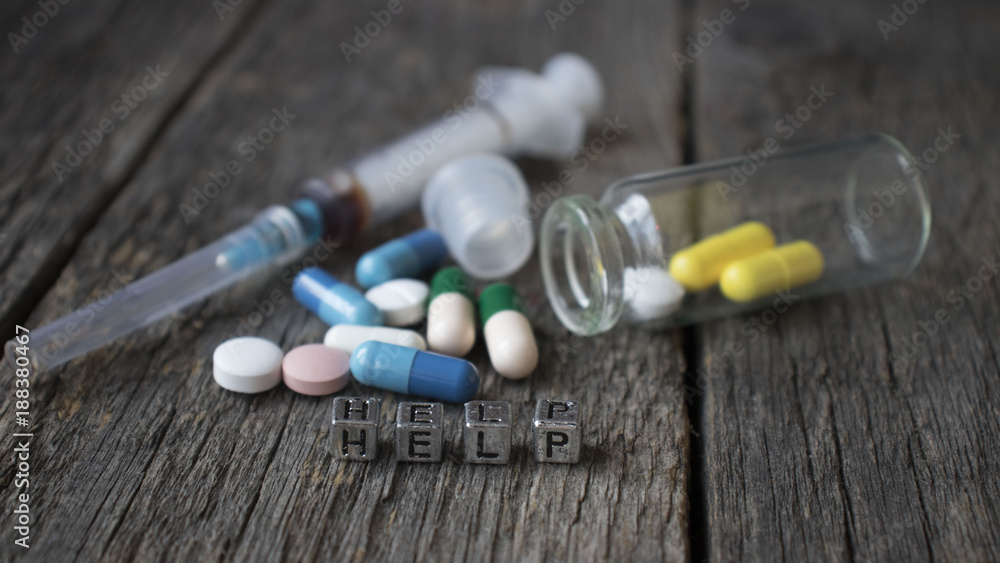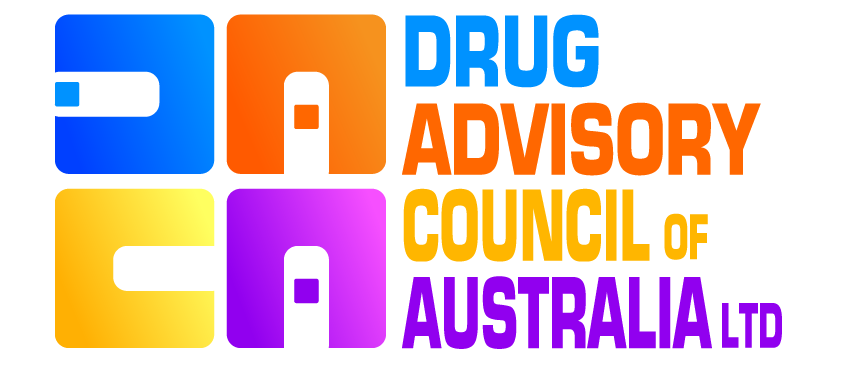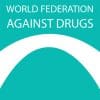Focus on Vaping…
In recent news, Australia has been making significant changes to its policies on drugs and vaping. The government is set to ban all non-therapeutic vapes under new laws aimed at reducing the number of young people developing vaping addictions. Health Minister Mark Butler emphasized that vapes, initially introduced as therapeutic aids for quitting smoking, have become widely accessible, especially to minors. The new legislation seeks to restrict the sale of vaping products to ensure they are treated as therapeutic goods and not sold alongside everyday items in convenience stores (9News) (Alcohol and Drug Foundation).
The Australian government has also highlighted the challenges posed by the black market for vaping products. Despite stringent regulations, a substantial portion of vapes is being sourced illegally, with economic factors driving this underground market. High prices for legal cigarettes and restrictive access to prescription vapes have led many to turn to illicit channels. This situation mirrors the dynamics seen with other illicit substances, where the black market thrives due to lower risks and higher profits for traffickers (MedXpress).
Moreover, the government is aware of the negative impacts of criminalizing possession of vapes without a prescription, particularly for young and vulnerable populations. There are ongoing discussions on balancing regulation with harm reduction strategies to avoid exacerbating these issues while protecting public health (Alcohol and Drug Foundation).
These developments reflect a broader effort to tackle the rising concerns around drug use and vaping in Australia, focusing on public health, safety, and effective regulatory measures.
Around the world..
Rise in Opioid Overdoses
- Public Health Crisis: Many news outlets are reporting a surge in opioid overdoses, highlighting it as a continuing public health crisis. The increase is attributed to the availability of powerful synthetic opioids like fentanyl.
- Policy Responses: Governments and health organizations are implementing measures such as increased access to naloxone, tighter prescription regulations, and expanded treatment programs to combat this epidemic.
Legalization and Regulation of Cannabis
- Expanding Legalization: More states and countries are moving towards the legalization and regulation of cannabis for both medical and recreational use. Recent blog posts discuss the economic benefits, potential health impacts, and regulatory challenges associated with this trend.
- Public Opinion: Surveys and community feedback reveal mixed opinions, with some advocating for the benefits of legalization, while others express concerns about increased accessibility and potential misuse.
Mental Health and Addiction
- Dual Diagnosis: There is growing recognition of the connection between mental health issues and substance abuse. Blogs are focusing on the importance of integrated treatment approaches that address both conditions simultaneously.
- Innovative Therapies: Articles highlight new treatment modalities, such as cognitive-behavioral therapy (CBT) and medication-assisted treatment (MAT), which are proving effective in managing addiction and improving mental health outcomes.
Impact of the Pandemic
- Increased Substance Use: Reports indicate a rise in substance use during the COVID-19 pandemic, driven by stress, isolation, and economic uncertainty. Blogs emphasize the need for increased support and resources to help those affected.
- Telehealth Services: The pandemic has accelerated the adoption of telehealth services, making it easier for individuals to access addiction treatment and mental health support remotely.
Youth and Drug Education
- Preventive Education: Media coverage underscores the importance of preventive education programs in schools to inform young people about the risks associated with drug use.
- Peer Influence: Blogs highlight the role of peer influence in both promoting and preventing drug use among teenagers, suggesting that positive peer support can be a powerful tool in prevention efforts.
Harm Reduction Strategies
- Safe Injection Sites: The concept of safe injection sites is gaining traction in various communities as a harm reduction strategy. News articles and blog posts discuss the potential benefits and controversies surrounding these facilities.
- Needle Exchange Programs: These programs are featured as effective methods for reducing the spread of infectious diseases and connecting users with treatment services.
Personal Stories and Advocacy
- Real-Life Experiences: Blogs often share personal stories of recovery and the challenges faced by individuals dealing with addiction. These narratives provide valuable insights and inspire others on similar journeys.
- Advocacy Efforts: Advocacy groups are using media platforms to raise awareness about drug-related issues, push for policy changes, and promote community support initiatives.
Conclusion
Staying updated with the latest news and blog posts on drugs helps to create a well-rounded understanding of the complex issues surrounding substance use and its effects on society. From policy changes and public health strategies to personal stories of recovery, the collective input from media and community members offers a comprehensive view of the ongoing challenges and efforts to address them.
What does it look like?
Fentanyl pharmaceutical products are currently available in the following dosage forms: oral transmucosal lozenges commonly referred to as fentanyl “lollipops” (Actiq®) F,


Effervescent buccal tablets (Fentora®), Sublingual tablets (Abstral®)

Sublingual sprays (Subsys®), Nasal sprays (Lazanda®)

Transdermal patches (Duragesic®), and injectable formulations.

Clandestinely produced fentanyl is encountered either as a powder or in counterfeit tablets and is Fentanyl sold alone or in combination with other drugs such as heroin or cocaine.
How is it abused?
Fentanyl can be injected, snorted/sniffed, smoked, taken orally by pill or tablet, and spiked onto blotter paper. Fentanyl patches are abused by removing its gel contents and then injecting or ingesting these contents. Patches have also been frozen, cut into pieces, and placed under the tongue or in the cheek cavity. Illicitly produced fentanyl is sold alone or in combination with heroin and other substances and has been identified in counterfeit pills, mimicking pharmaceutical drugs such as oxycodone.
According to the National Forensic Laboratory Information System, reports on fentanyl (both pharmaceutical and clandestinely produced) increased from nearly 5,400 in 2014 to over 56,500 in 2017, as reported by federal, state, and local forensic laboratories in the United States. While Mexico and China are the primary source countries for fentanyl and fentanyl-related substances trafficked directly into the United States, India is emerging as a source for finished fentanyl powder and fentanyl precursor chemicals.
Overdose deaths on the rise:
According to the New York Times Drug overdoses now kill more than 100,000 Americans a year — more than vehicle crash and gun deaths combined.
In 2015 opioid drug overdoses were reported at 33,091 as of 2021 they are now reported at 78,056 which is a 135% increase and is more deaths than the Vietnam war.
In Summary
Drugs may contain deadly levels of fentanyl, and you wouldn’t be able to see it, taste it, or smell it. It is nearly impossible to tell if drugs have been laced with fentanyl.
Fentanyl and other synthetic opioids are the most common drugs involved in overdose deaths. Even in small doses, it can be deadly.
Over 150 people die every day from overdoses related to synthetic opioids like fentanyl.





